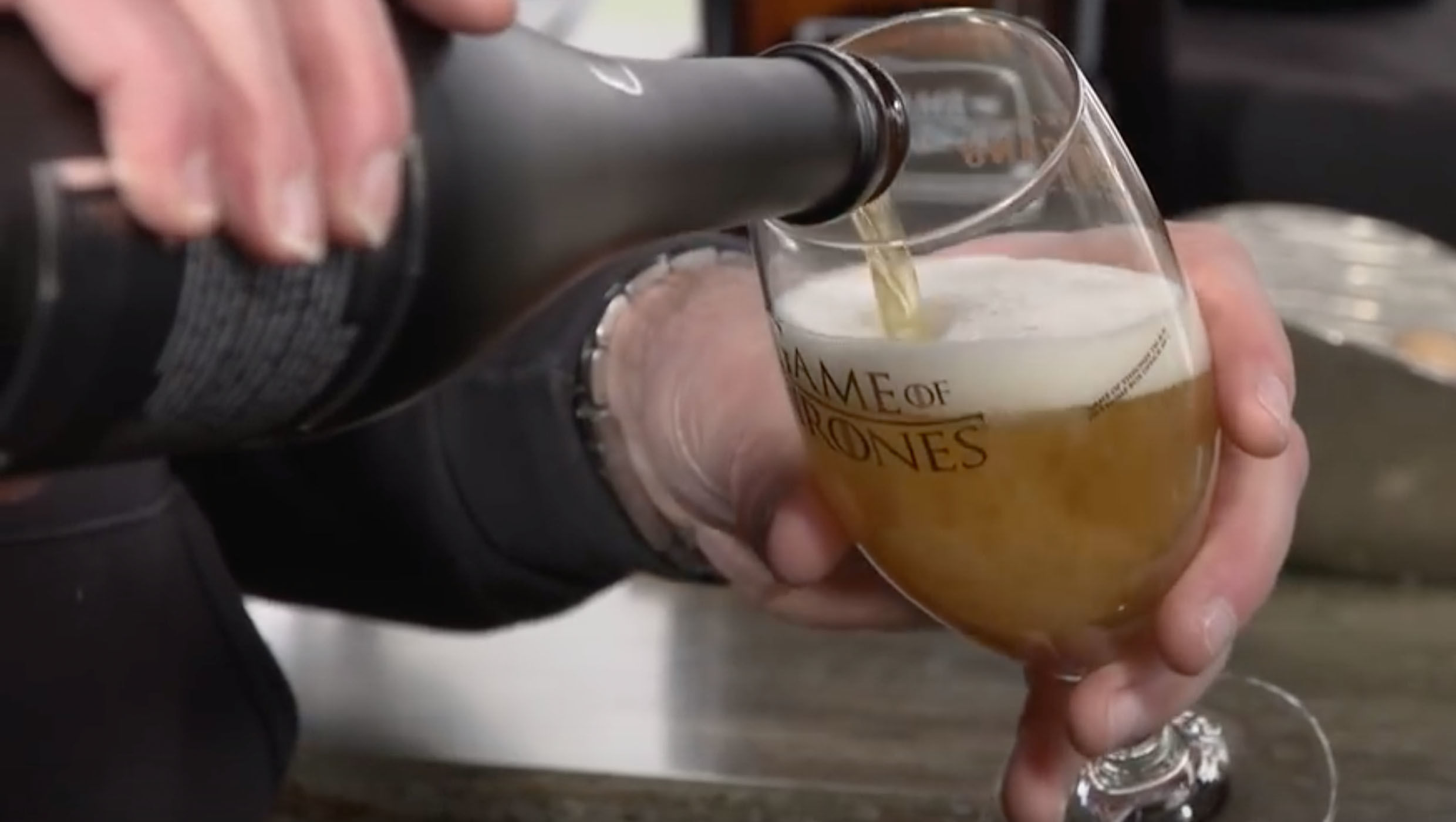Create a free profile to get unlimited access to exclusive videos, sweepstakes, and more!
You could be saying cheers to the perfect foamy head of beer soon, because science

Foam is elusive—one moment, there’s a glorious head of it topping off the pint you just poured, and the next, it’s gone before you’ve drained even half of it.
That foam could soon last all the way until bottoms up. While the lifetime of foams is notoriously short, it could possibly be extended until you actually need a refill. This is where subatomic particles come in. Scientist Richard Campbell of the University of Manchester is so obsessed with the stuff that he led a research team through some futuristic experiments, which have involved shooting neutrons into different liquids used to make foams, which could mean a breakthrough for more than just beer.
“Liquid foams are nonequilibrium dispersions of gas in a liquid that are stabilized against drainage and collapse by surface active agents,” Campbell explained in a study recently published in Chemical Communications. “Foams are of huge importance as they are used in a wide range of applications such as oil recovery, firefighting, foods and personal care products. The stability of foams is important as it determines the lifetime of the product.”
Beyond brews, foam can go from the froth on your cappuccino to the lather in your shampoo to lifesaving foams used for firefighting and absorbing the potentially lethal aftermath of oil spills. Remember those commercials that showed animals caught in oil spills rescued and rinsed off with dish soap? Oil absorption is another property of foam that was investigated in this study. Campbell used the high-tech equipment at the Institut Laue-Langevin in France to blast foaming liquids with neutrons, which reflect off the liquid they are shot into and (when analyzed by a computer) reveal what is going on at a molecular level. Liquids that use multiple additives are what the research was focused on. Beer qualifies.
Previous research had not really zeroed in on how molecules arrange themselves on the surface of bubbles. To figure out how to Frankenstein the best foam ever, the researchers zoomed in liquids containing surfactants, which are chemicals that dial down surface tension. The ideal stability of foam depends on the application. Obviously, beer demands a thick, creamy foam that won’t collapse, but the last thing you’d want if you owned a laundromat would be mountains and mountains of it overflowing everywhere.
While you might have to wait a few years past closing time to get the foamy top of your dreams, there probably will be a day when that foam looks just like it did the moment you poured yourself a cold one. Next up: beer in space.
(via University of Manchester)


























